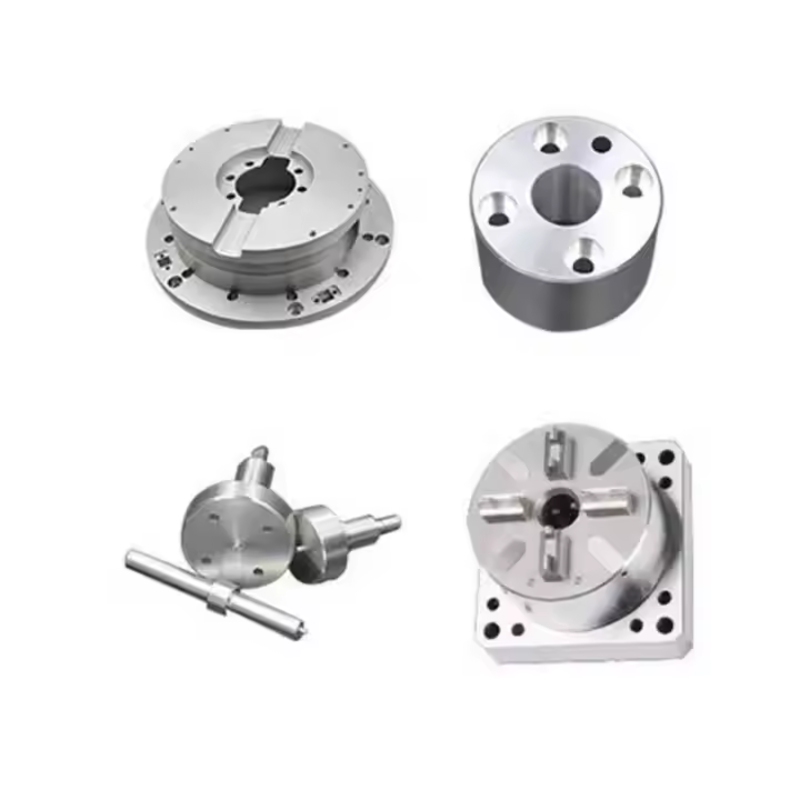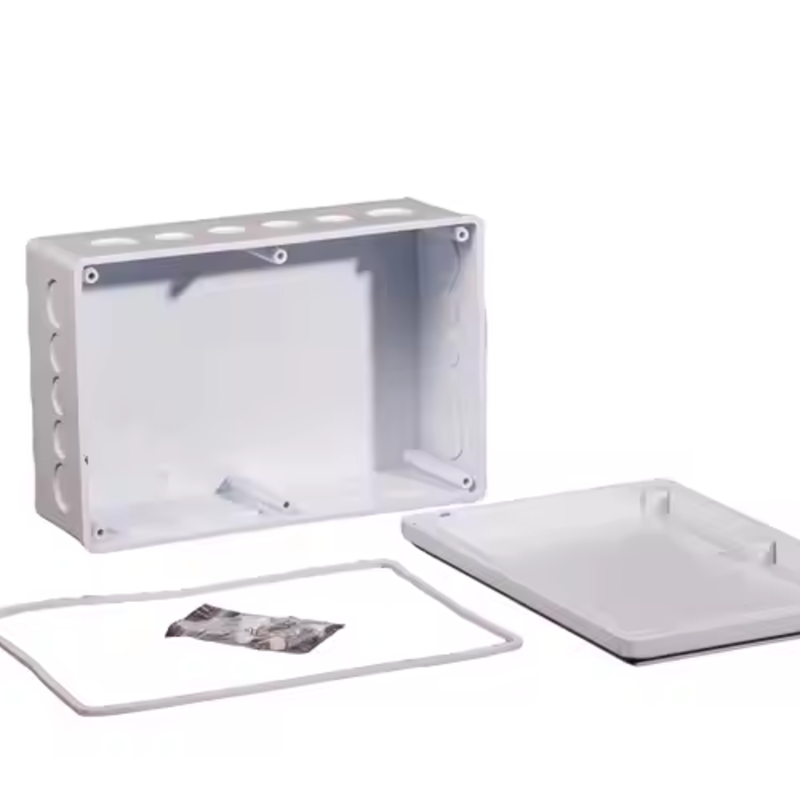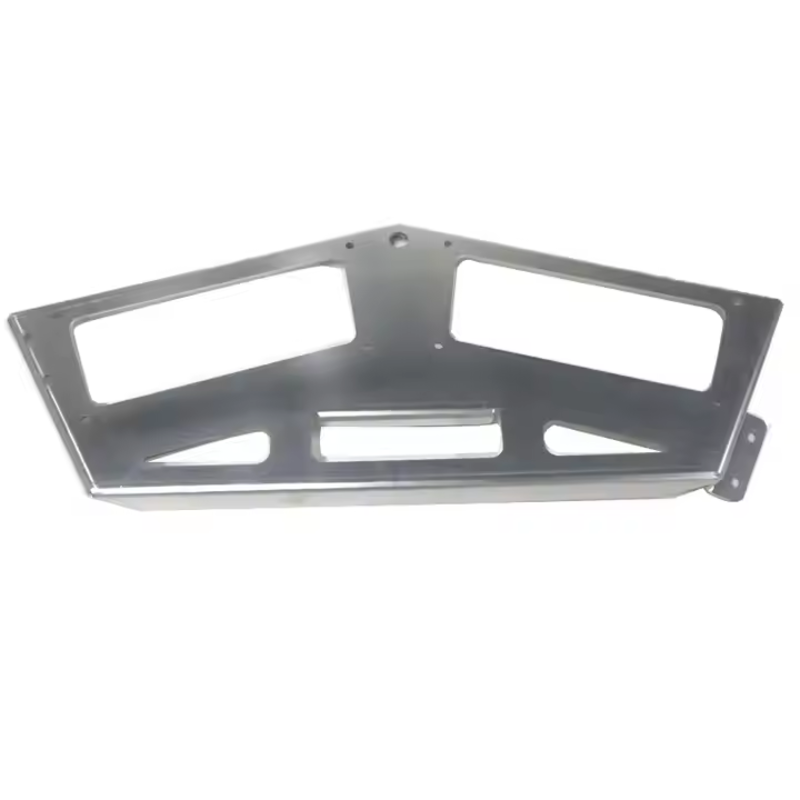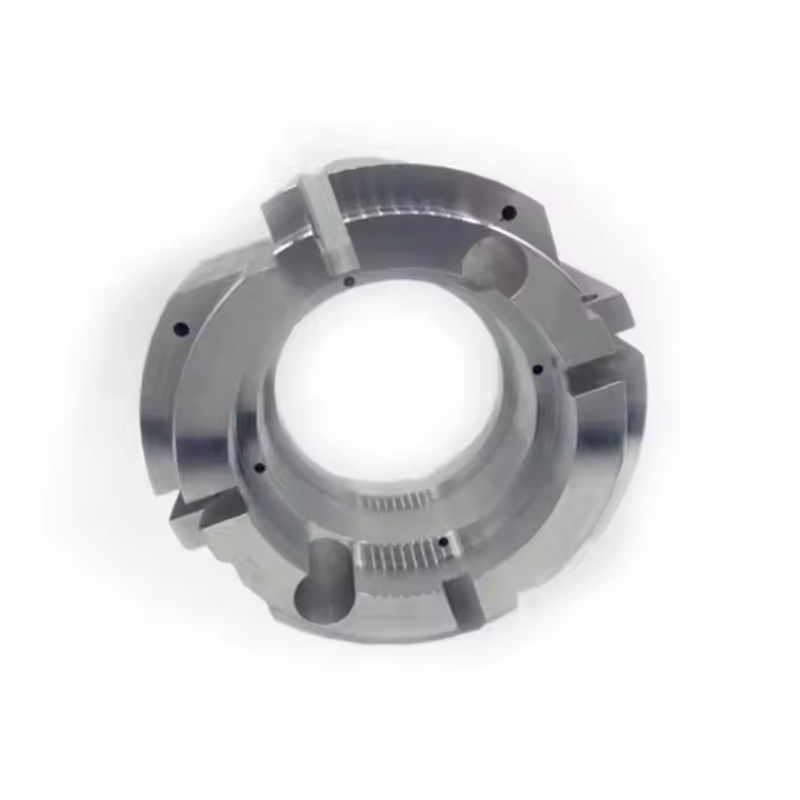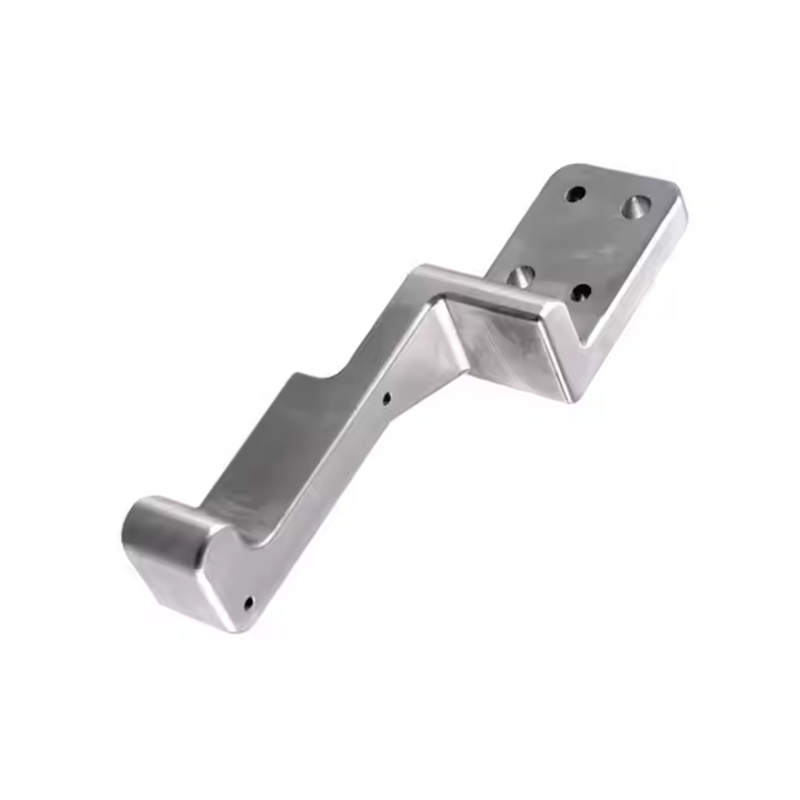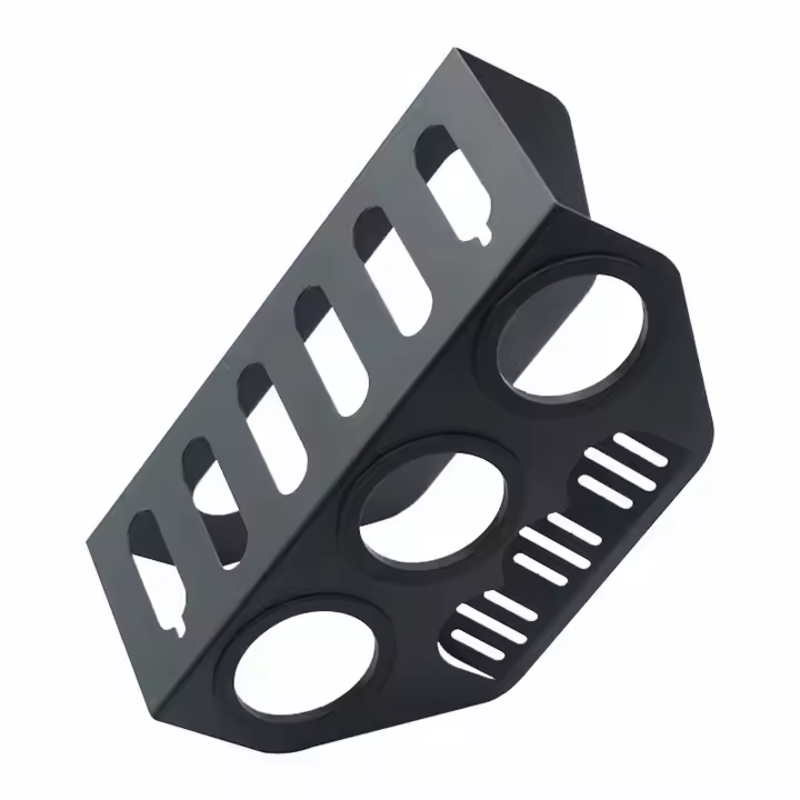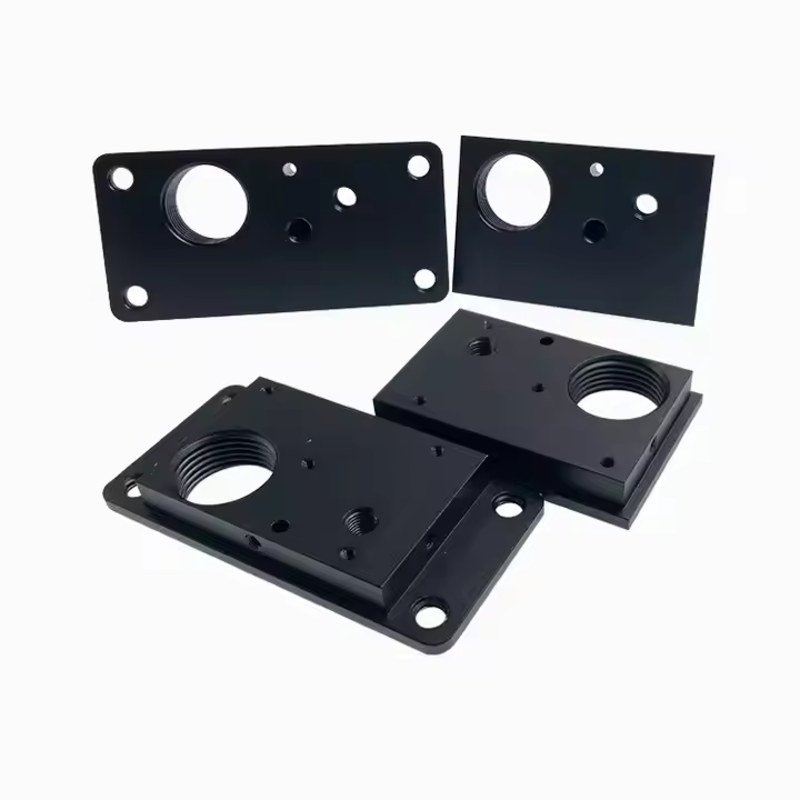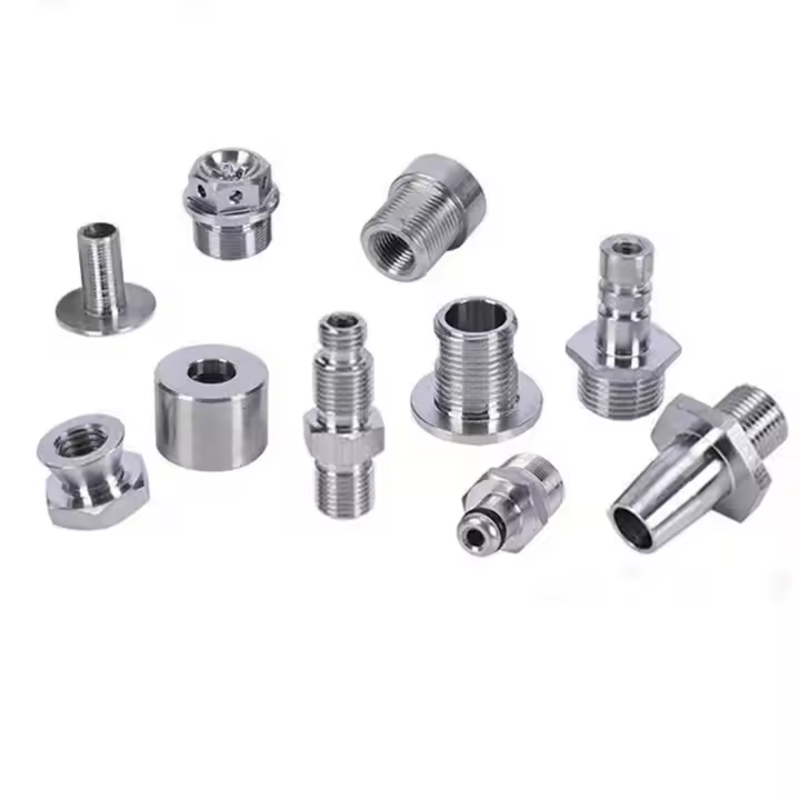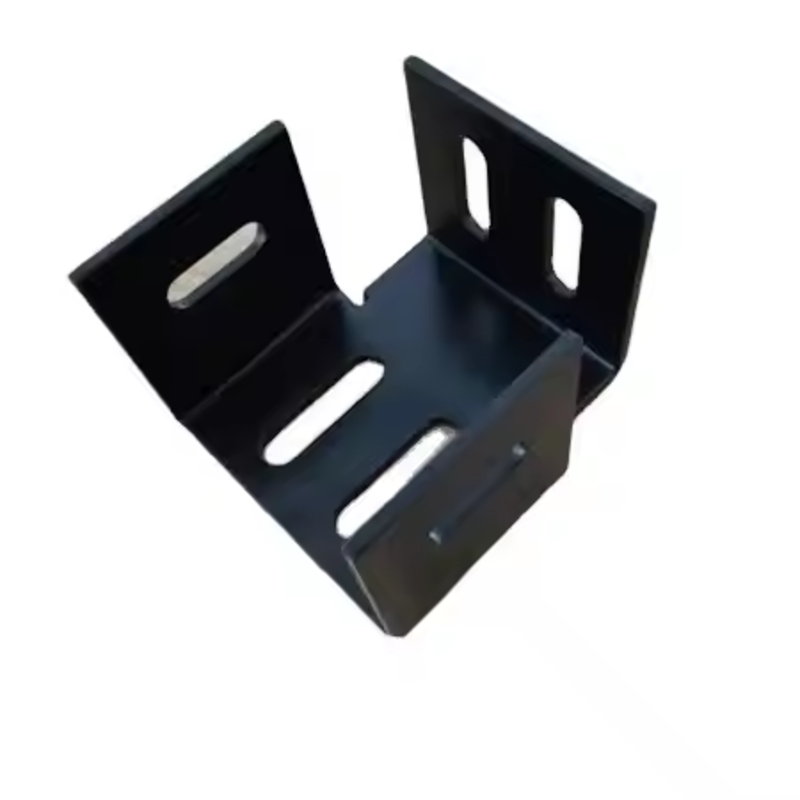Product Description
- Customized Solutions: Our team offers customized sheet metal fabrication services, allowing you to request specific dimensions and designs to meet your unique needs, as requested by the user.
- High-Quality Materials: We utilize high-quality stainless steel, aluminum alloy, and other materials to ensure durability and reliability in our sheet metal parts.
- Advanced Manufacturing Process: Our state-of-the-art laser cutting, bending, and stamping processes enable precise and efficient production, resulting in accurate and reliable parts.
- Variety of Surface Treatments: We offer a range of surface treatments, including natural, brushing, powder coating, and zinc/chrome/nickel plating, to suit various applications and requirements.
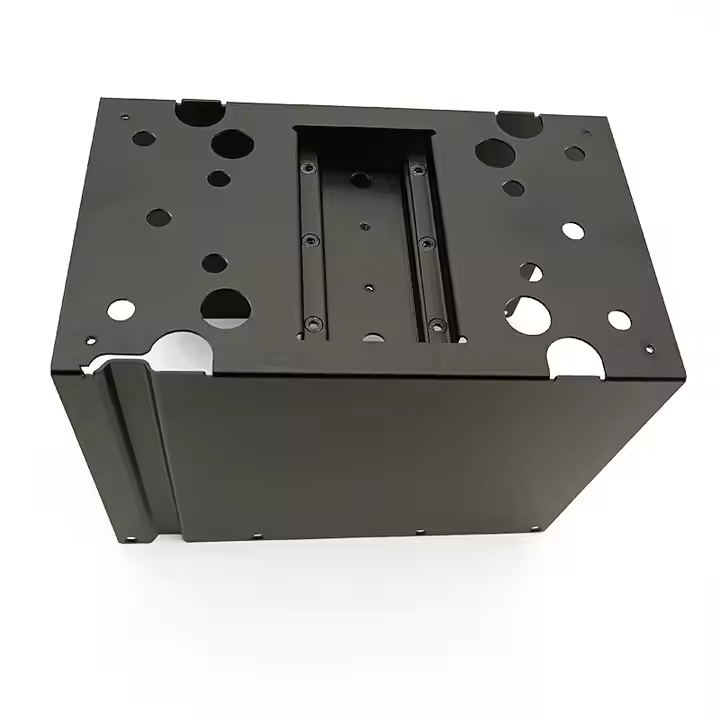
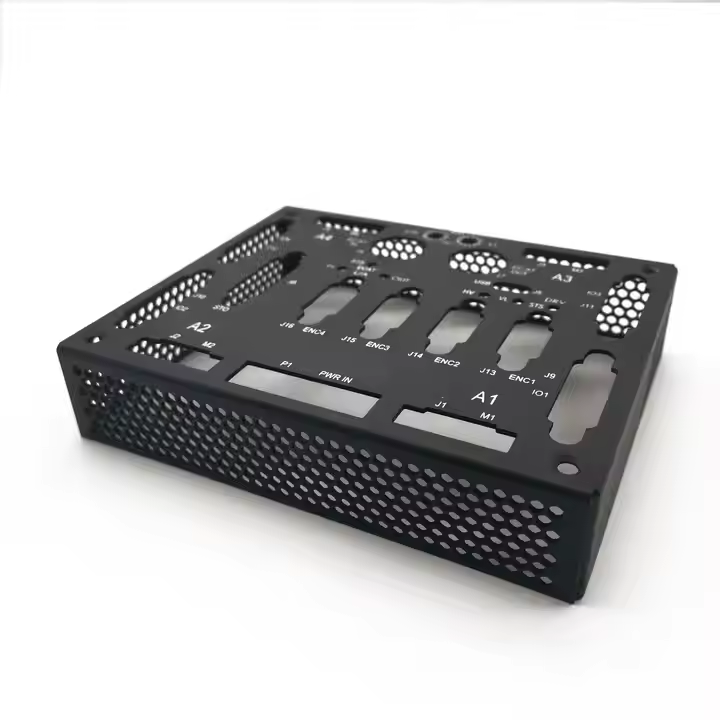
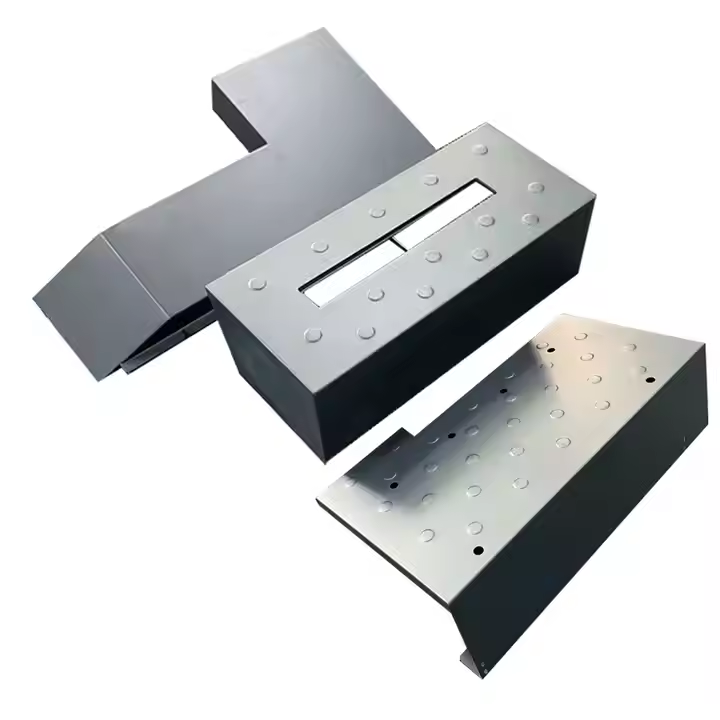
Product parameters
| List | Details |
|---|---|
| Product name | Sheet Metal Fabrication Stamping Bending Welding Turnning Parts |
| Material Available | Stainless Steel Aluminum Metals Copper |
| Process | Laser Cutting Bending Stamping Welding |
| Surface finish | Anodized Powder Coating Polishing.sandblasting |
| Size | Client's Drawings |
| Drawing format | 2D/(PDF/CAD)3D(IGES/STEP) |
| Single package size | 20X20X20 cm |
| Single gross weight | 1.000 kg |
Custom Process

1. Send inquiries

2.Drawings or samples

3. Quotation

4.Customer confirmation

5. Places order and pays
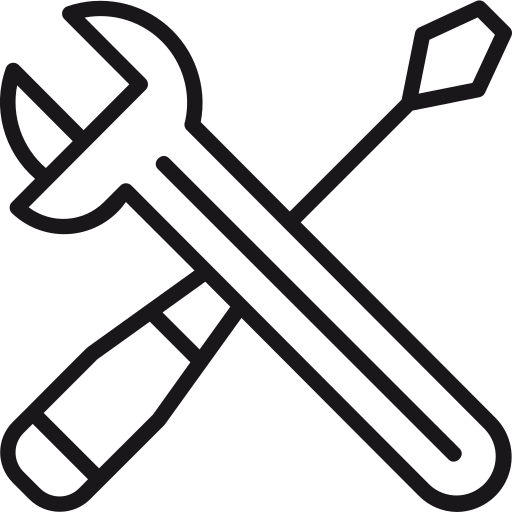
6.Mass production

7.Test before packaging

8.Shipping & confirmation
Process Type
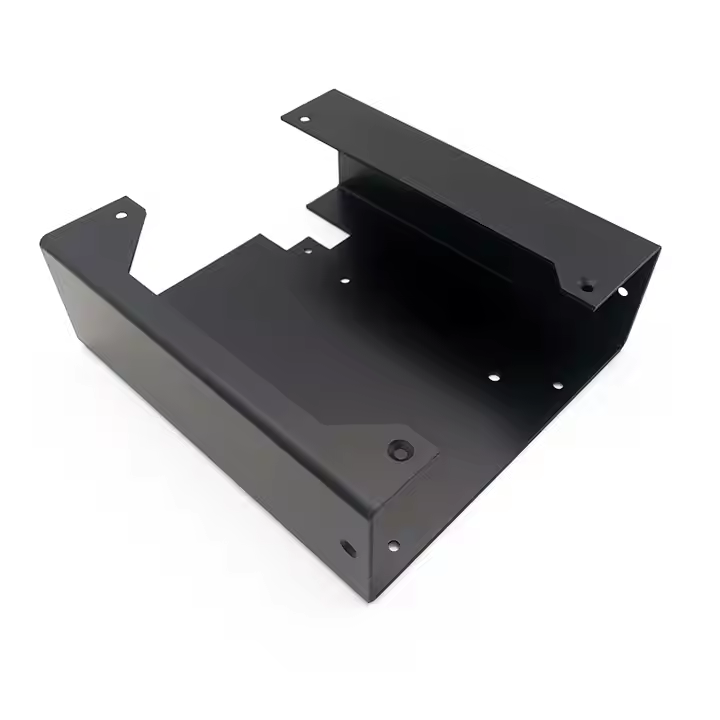
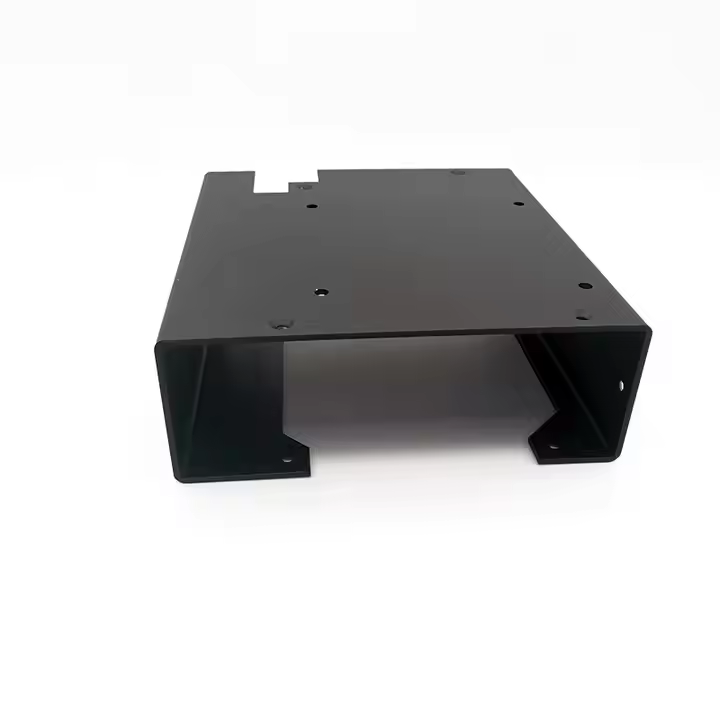
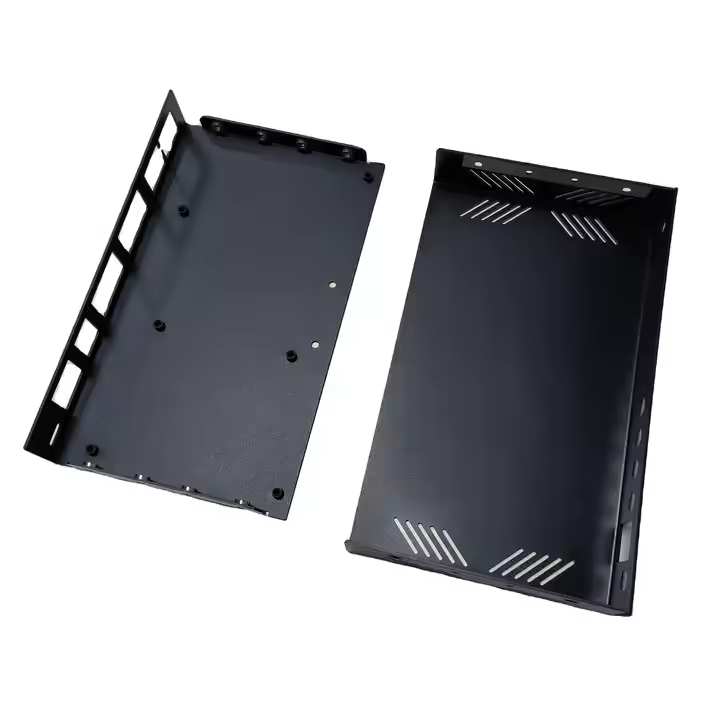
Material
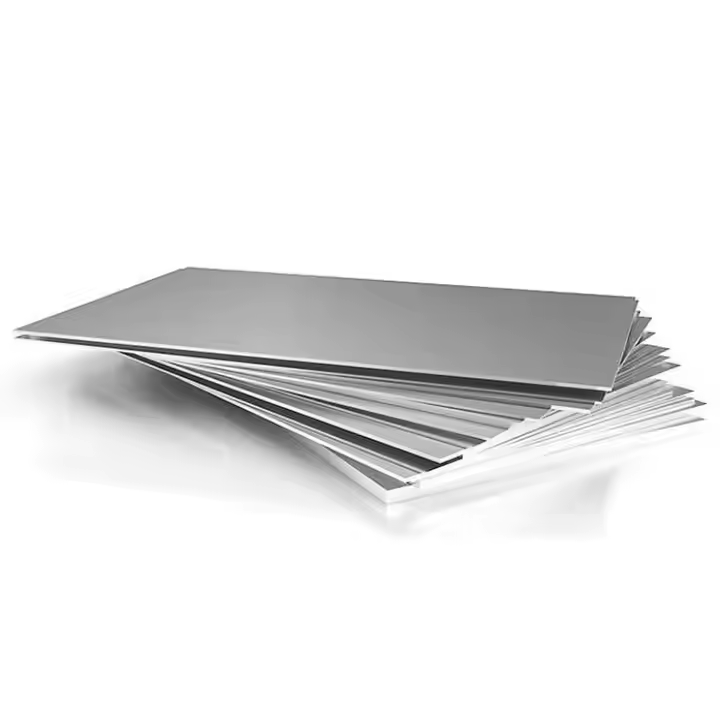
Aluminum alloy
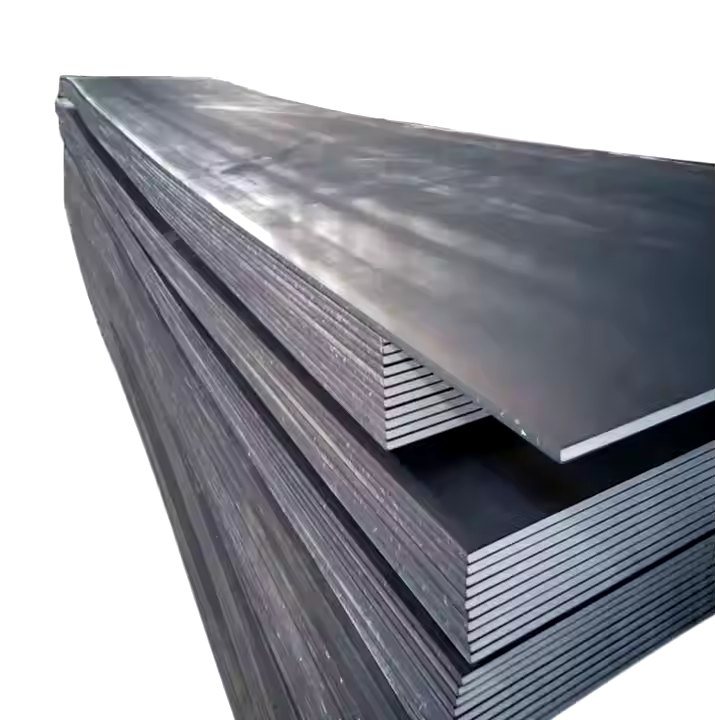
Metal Sheet
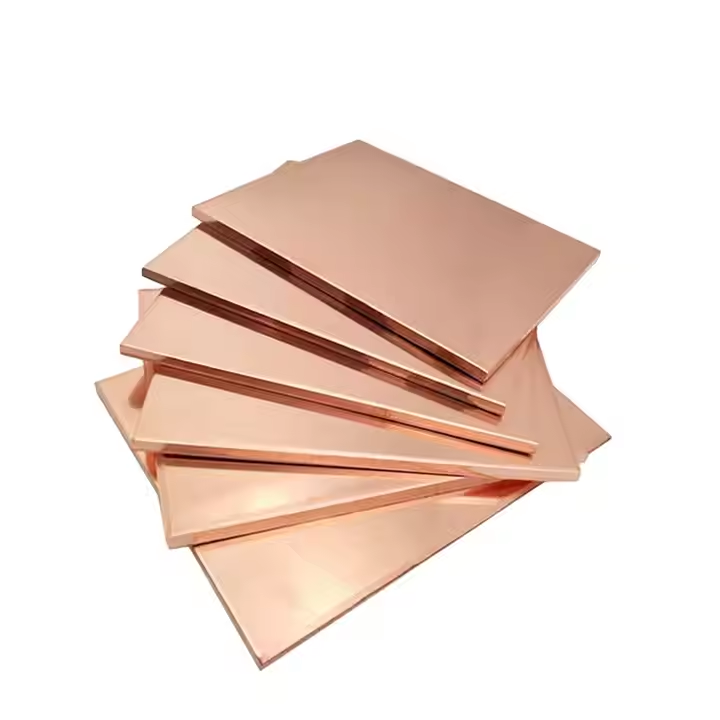
Copper Sheet
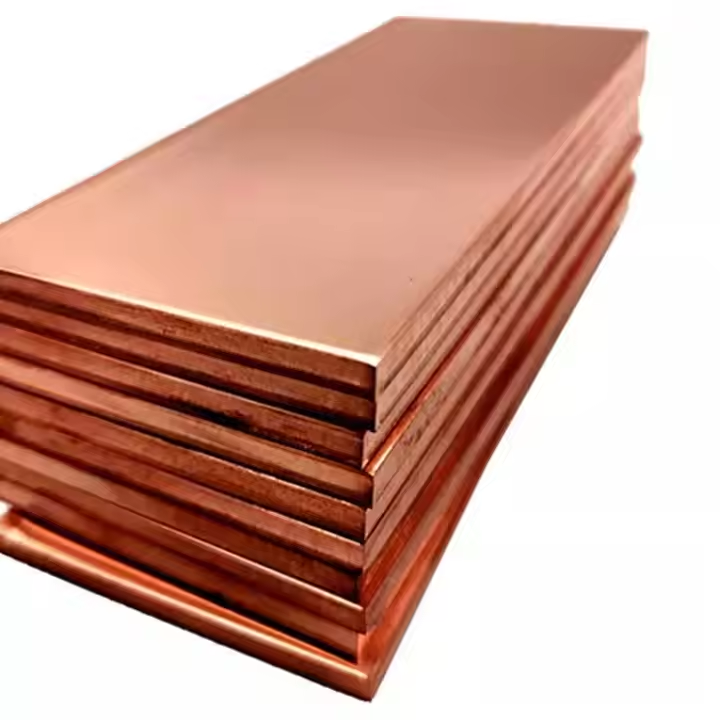
Brass Sheet
Quality Control
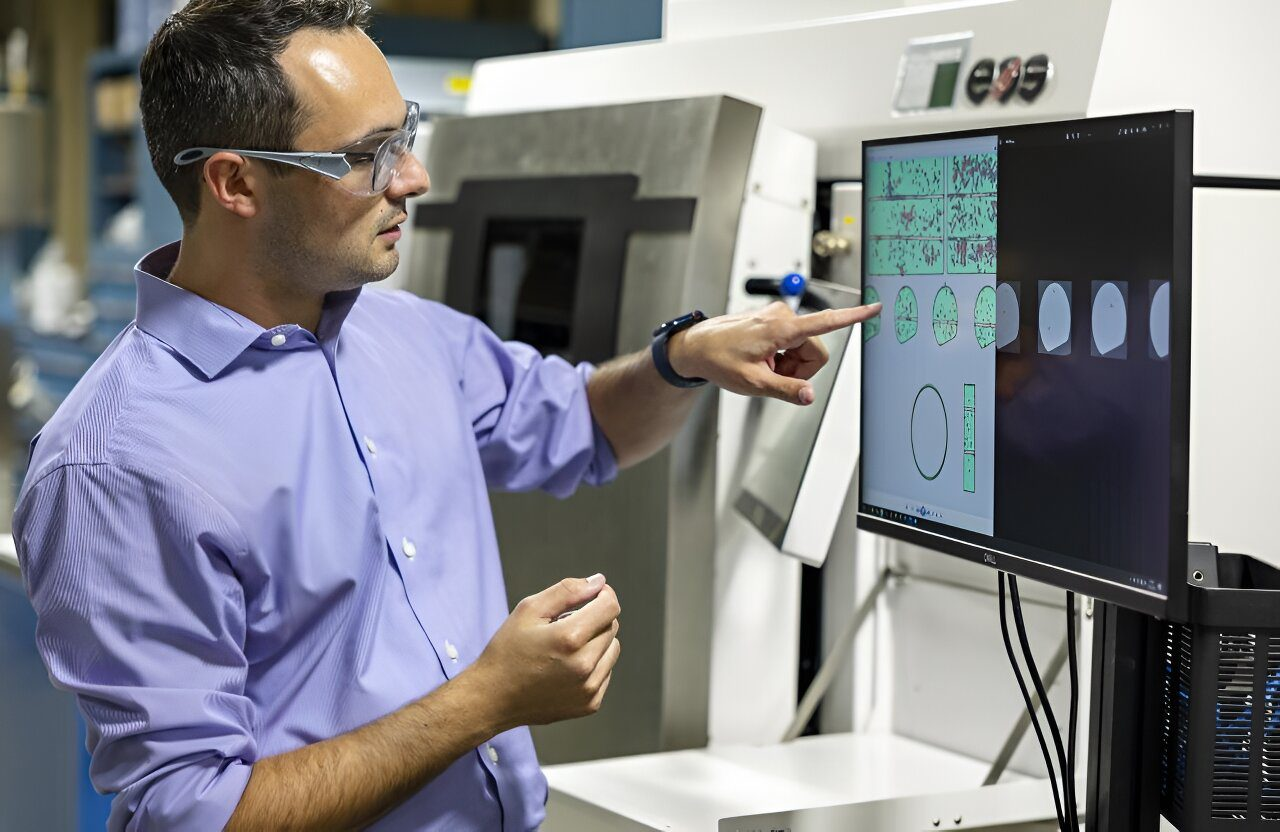
1. Precision and Accuracy
A key aspect of quality control in laser cutting is ensuring that each cut meets the required tolerances. This guarantees that the final product aligns precisely with design specifications, both in terms of dimensions and geometry.
2. Edge Quality
Quality control also involves inspecting the edges of the cut material for smoothness, the absence of burrs, and consistency across the entire cut. Clean, sharp edges are essential for both the functionality and aesthetic quality of the finished product.
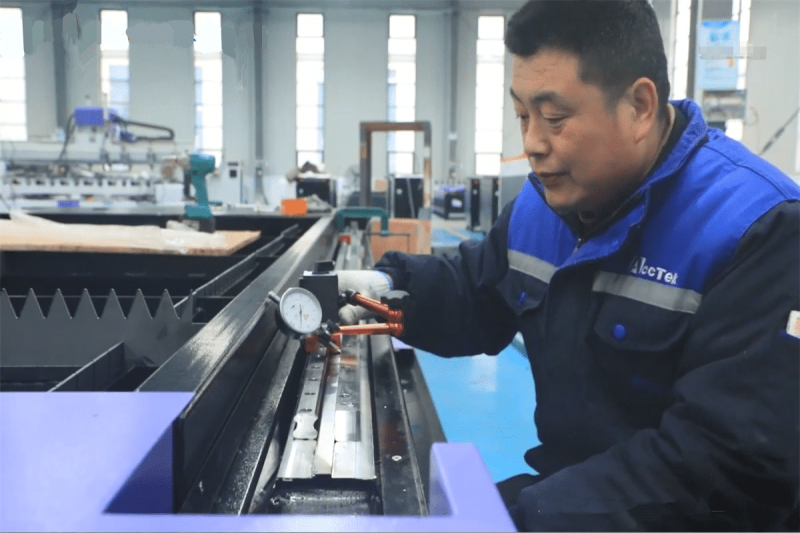
3. Cutting Speed and Material Interaction
Controlling the laser's power settings and cutting speed is crucial to prevent undesirable effects such as excessive heat-affected zones (HAZ). These zones can compromise the material's integrity, causing weakening or warping. QC ensures that these parameters are optimized to avoid these issues.
4. Material Waste and Efficiency
Quality control processes also aim to minimize material waste. By optimizing cutting paths and machine settings, manufacturers can improve efficiency while reducing scrap material, which ultimately lowers production costs.
5. Automated Inspection
Many modern CNC laser cutting systems are equipped with automated inspection technologies, such as vision cameras or laser scanners. These systems allow real-time monitoring of cut quality, enabling instant detection of defects and ensuring high consistency in production.
Processing capability
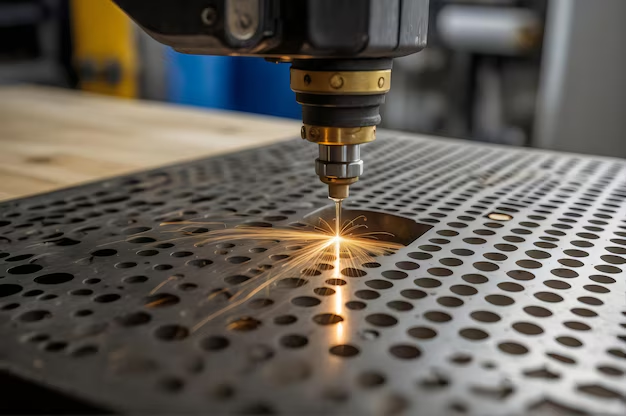
Laser cutting is a precise and efficient method used in CNC (Computer Numerical Control) machines to cut, engrave, or etch materials like metal, plastic, wood, and composites. This process uses a high-powered laser beam to melt, burn, or vaporize the material, creating an extremely clean cut with minimal heat-affected zones. The processing capability of laser cutting in CNC robots refers to the machine's ability to handle different types of materials, thicknesses, and cut qualities.
Additional processes
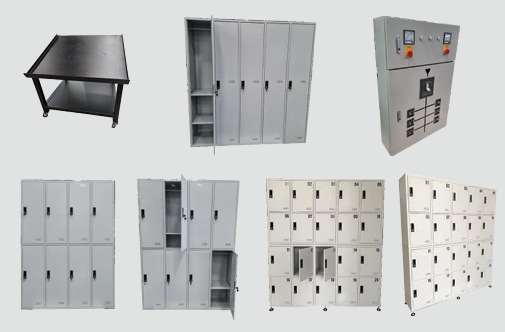
The processing of laser cutting and welding for cupboards involves precise control over material selection, cutting accuracy, and welding quality to ensure both functional and aesthetic standards are met. Key factors such as laser cutting precision, edge quality, and weld integrity are essential for producing durable and well-finished products. Effective quality control throughout the process—combined with optimal machine settings, minimal material waste, and automated inspection—ensures that the final cupboard meets the required specifications and performs reliably in its intended application.










